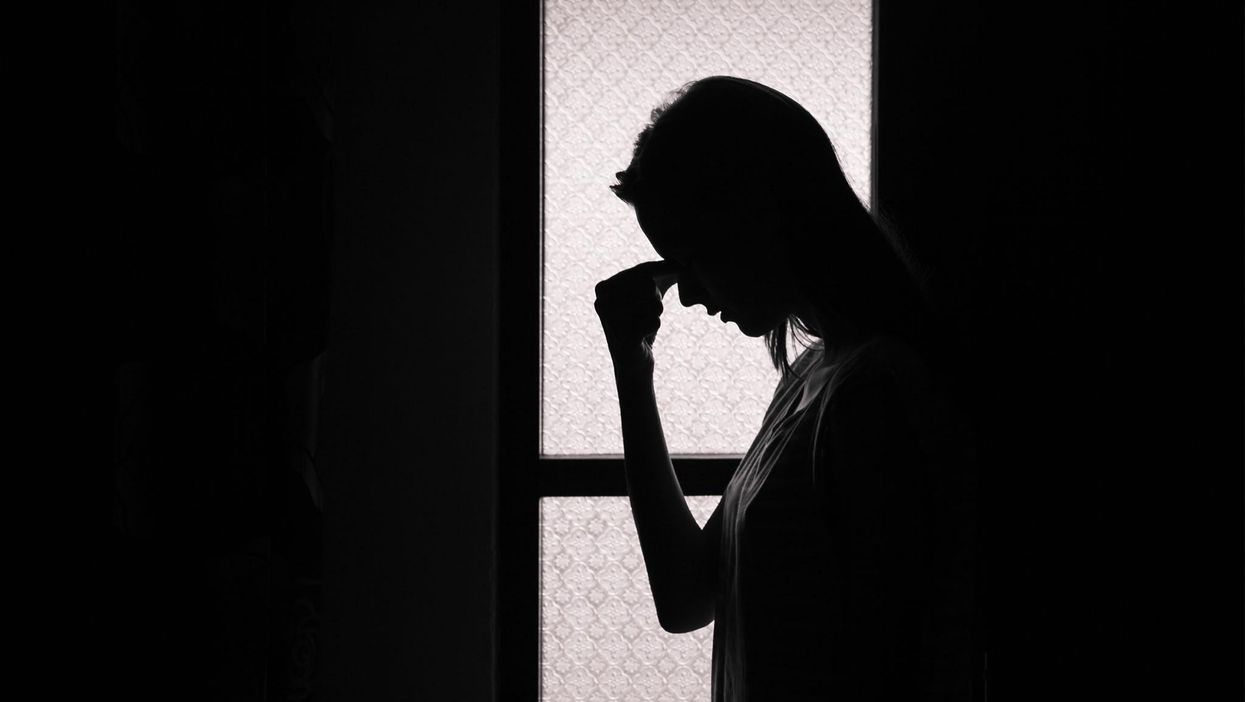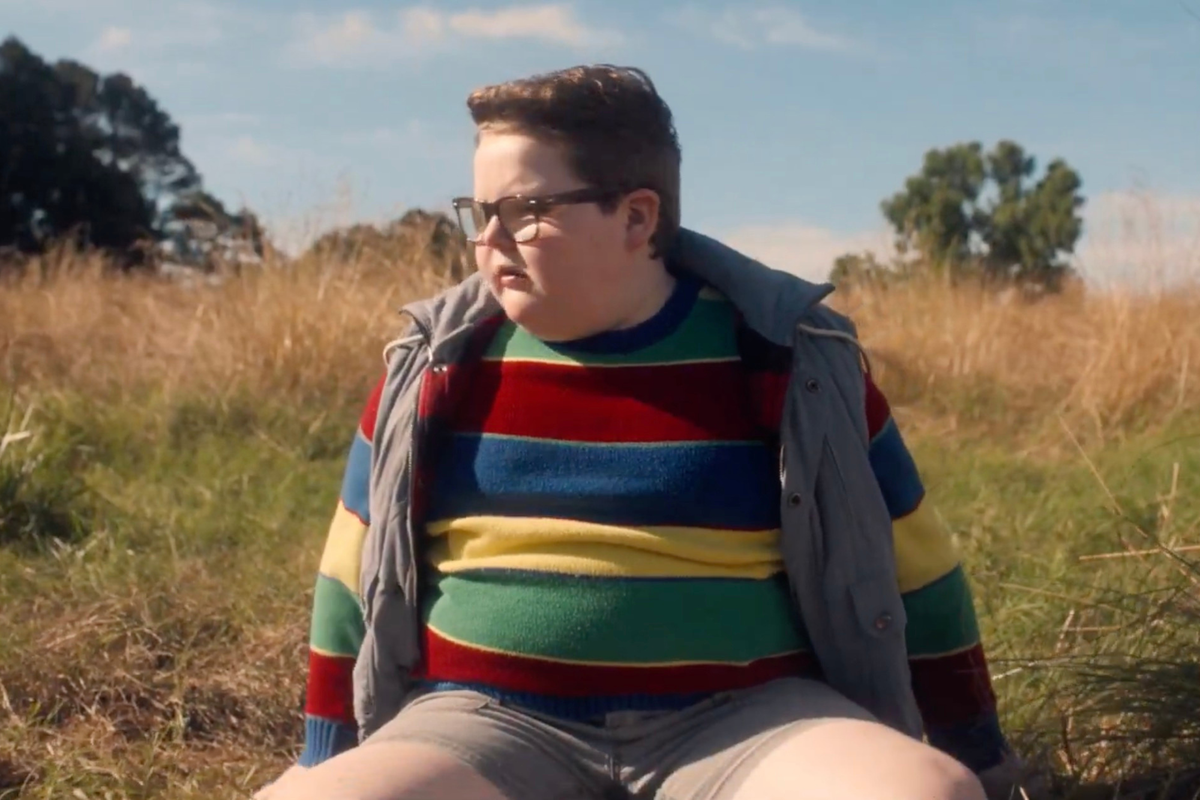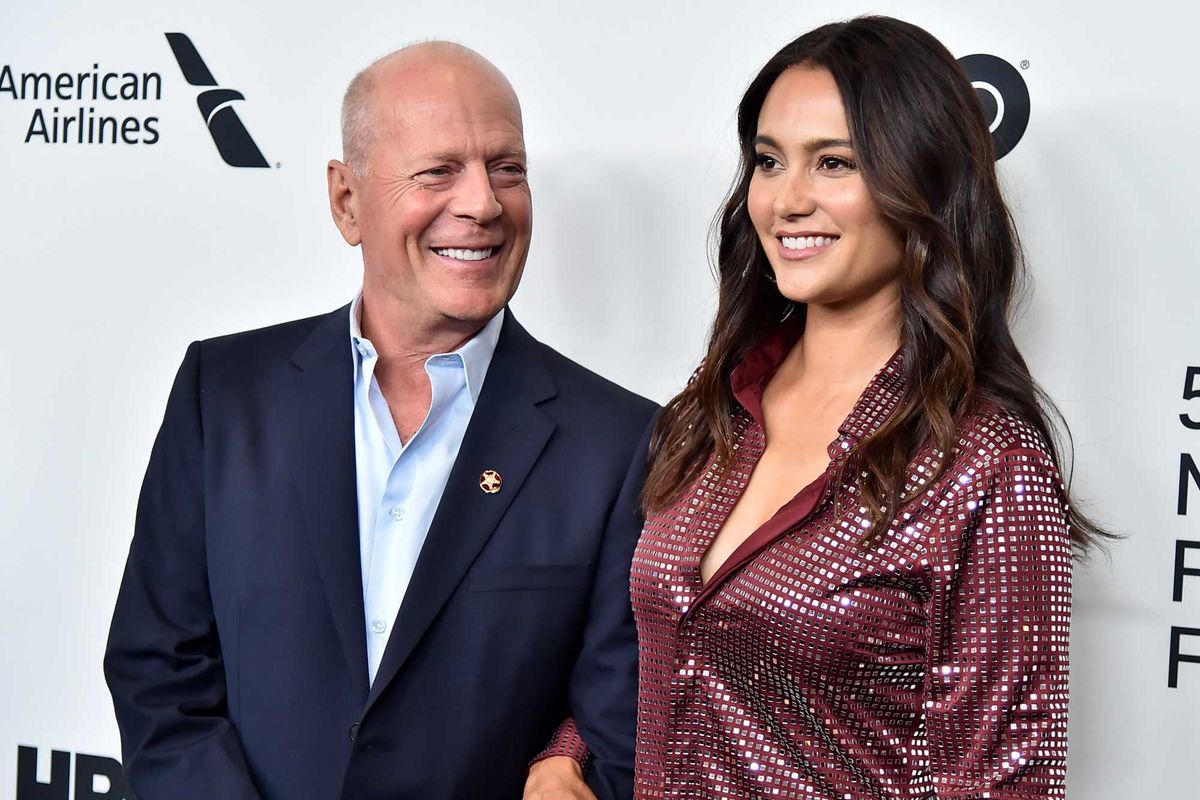
An abusive relationship is one in which the agency, humanity, or rights of one (or more) of the people involved are routinely violated.
Abuse is about power and control. Probably the best person to read if you’re curious about what makes a relationship dynamic abusive is Lundy Bancroft, author of Why Does He Do That?: Inside the Minds of Angry and Controlling Men.
An abusive dynamic can take many forms, but central to all of them is one person who believes he or she has an entitlement to power and control over another. Attempts to resist this control may be met by verbal abuse or by physical violence.
Some of the hallmarks of abusive relationships include:
1. Extreme jealousy and insecurity: always demanding to know where someone is, who they are talking to, who they see, where they go.
2. Social isolation: attempting to control who someone is allowed to spend time with, speak to, or hang out with.
3. Violation of another person’s privacy: placing monitoring software on computers or phones, tracking them with GPS trackers, demanding passwords to social media accounts.
4. Gaslighting: Undermining a person’s memory, experiences, subjective thoughts or feelings.
5. Destroying personal property belonging to the victim.
6. Controlling the abuse victim’s finances: demanding access to all the victim’s bank accounts, demanding that the victim sign over paychecks, refusing to allow the victim to have or manage his or her own money.
7. Threats of violence: Controls the victim by threatening the victim physically, or by threatening self-harm (“I will kill myself if you leave me”).
8. Acts of violence.
9. Sexual violence: Violation of the victim’s sexual boundaries.
10. Verbal abuse: Degrades, insults, or screams at the victim; humiliates the victim in front of others.
Almost invariably, these things are all techniques used to exert control over the victim. Do as I say or else I will retaliate, and my abuse is your fault. You make me do this by not complying with my demands.
It’s important when talking about abuse to differentiate between boundaries and control.
Boundaries are things you set on yourself. For example: Do not touch me there, do not have sex with me, do not read my emails, do not speak to me that way, do not look at my phone.
Control is something you exert on someone else. For example: You may not talk to your ex, you must have sex with me, do not email anyone without my permission, give me your Facebook password, give me your phone.
It is coercive control that is a defining aspect of abuse. Many people in a dysfunctional relationship will accuse their partners of abuse; indeed, accusing the victim of abuse is a common tool of abusers, used to try to prevent the victim from establishing boundaries. If there’s a question about whether or not someone is being abusive, look at the direction of control.
Eve and I crafted a relationship bill of rights for our book More Than Two. I would argue that if any of the things in the Relationship Bill of Rights are being violated, the odds are very good the relationship has turned abusive. You can see the RBoR online here:
The Relationship Bill of Rights - More Than Two
HT Quora












